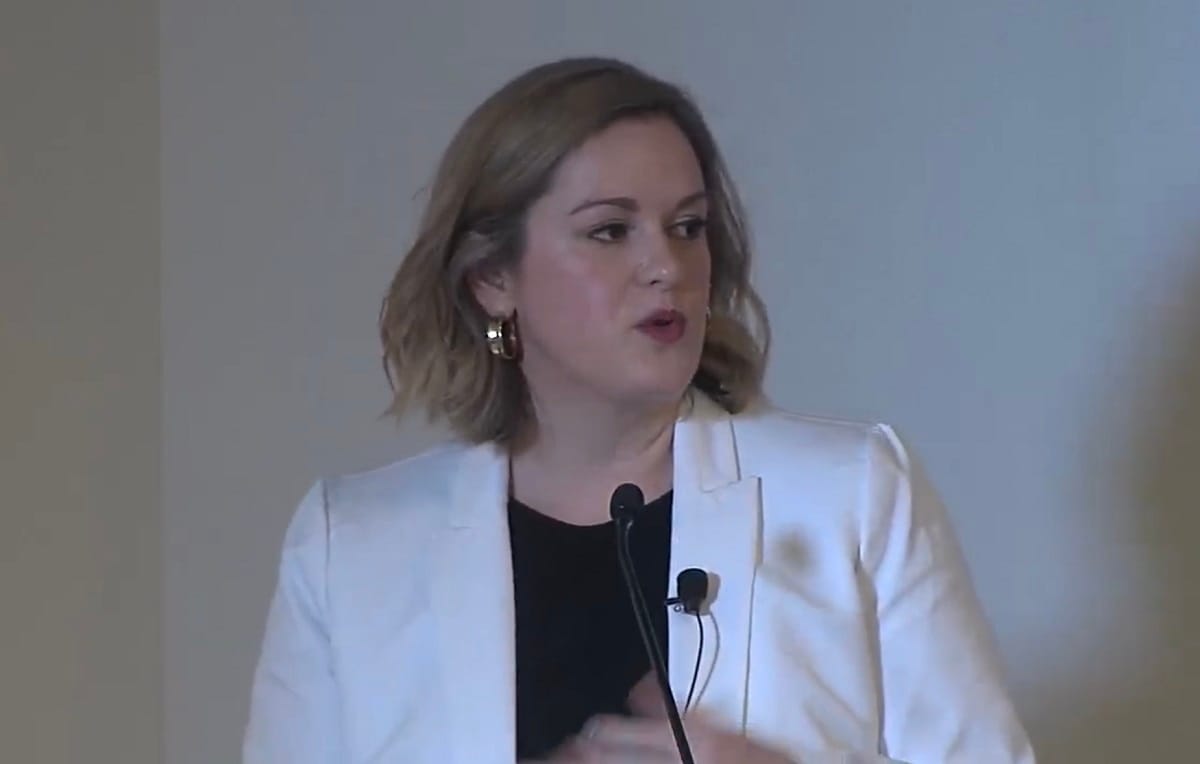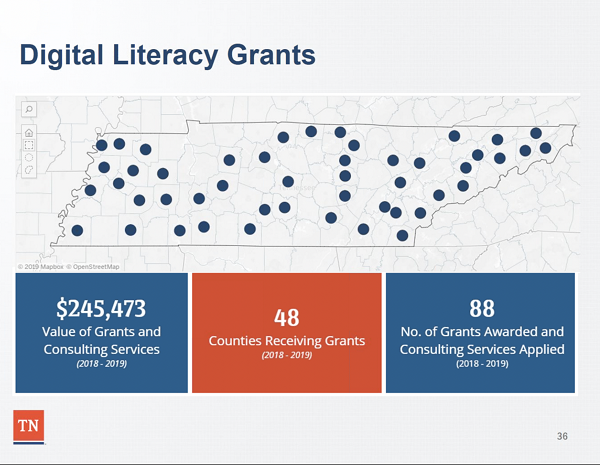NTIA Broadband Webinar With Pew, Georgia and Tennessee Officials Discuss Solutions to Digital Divides
WASHINGTON, February 20, 2020— State broadband officials play a crucial role in addressing the digital divide, and officials from Georgia and Tennessee presented their best practices on the topic during a Wednesday webinar hosted by the Commerce Department’s National Telecommunications and Informati

WASHINGTON, February 20, 2020— State broadband officials play a crucial role in addressing the digital divide, and officials from Georgia and Tennessee presented their best practices on the topic during a Wednesday webinar hosted by the Commerce Department’s National Telecommunications and Information Administration.
Also rounding out the panel was Kathryn de Wit, manager of the Broadband Research Initiative at Pew Charitable Trusts. She presented Pew’s findings from a report analyzing all 50 states’ efforts in expanding broadband access.
Pew’s data collection involved conducting interviews on the field and attending broadband council meetings in the states.
The foundation’s research unveiled five key aspects that separated the truly earnest from the truly successful: engaging stakeholders, having a strong policy framework, supporting planning, state funding, and constant self-evaluation.
De Wit’s research also broached three “near universal truths of broadband practices” that were present in all successful state-led broadband expansion programs: The importance of having the state government’s support, the importance of having a transparent and interested broadband provider, and the role of “neutral advocates” that state officials are perceived as having by both providers and communities.
Deana Perry, executive director of the Georgia Rural Broadband Program, offered more specific advice from her own experience in a three-year broadband program in her state. These changes occurred by action of Georgia Senate Bill 402, passed in 2018.
State Bill 402 took advantage of Georgia’s structure of interagency communication, said Perry.
For example, the advisory committee consisted of representatives from economic development councils, electric co-ops, and the University of Georgia, and committee members included representatives from AT&T, Georgia communications companies, government officials, and Comcast.
Georgia also put together its own statewide broadband map, opting not to use the FCC’s much-criticized Form 477 data.
Crucially, Georgia officials defined an “unserved area” as an area in which less than 80 percent of the population within a census block did not have broadband access.
The Form 477 data simply requires one resident in an entire census block to be able to get access to broadband service for an area to be considered “covered” – and ultimately neglected by entities seeking to bring high-capacity internet.
Georgia collected address data from local governments and sent an address master list to providers asking for confirmation of coverage availability. This allowed providers to correct many of the errors made by the FCC’s methodology.

Lastly, Crystal Ivey, broadband director of the Tennessee Department of Economic and Community Development, relayed the methods she and her colleagues found effective in expanding broadband in the state.
Ivey credited funding breakthroughs as enabling this expansion. In the past two years that grants have been awarded to providers, $25 million in funds has been awarded.
Notably, more than half of these providers are electric co-ops, which became eligible under Tennessee’s liberal broadband law which passed in 2018. Ivey anticipates a funding increase of $5 million for Tennessee this year.










